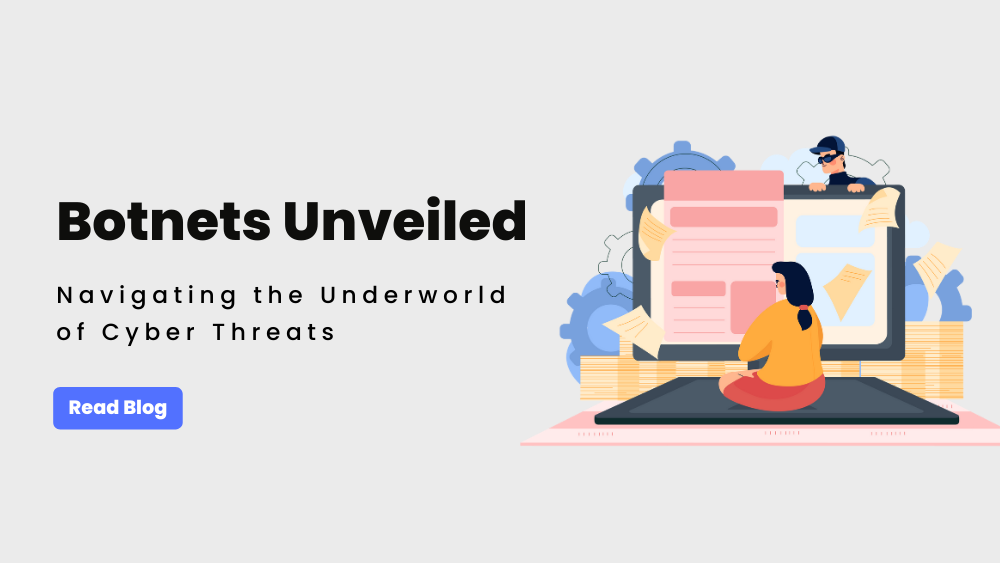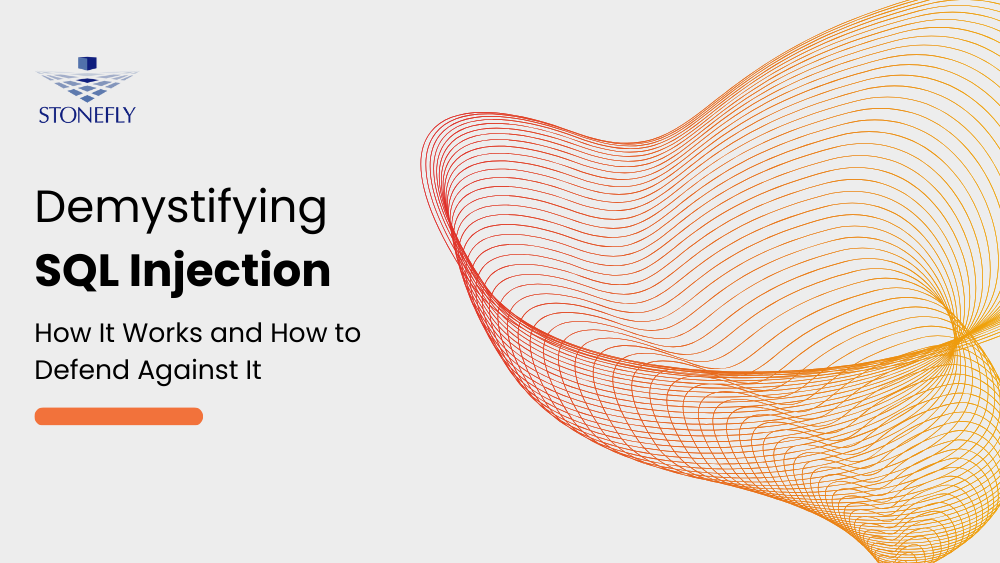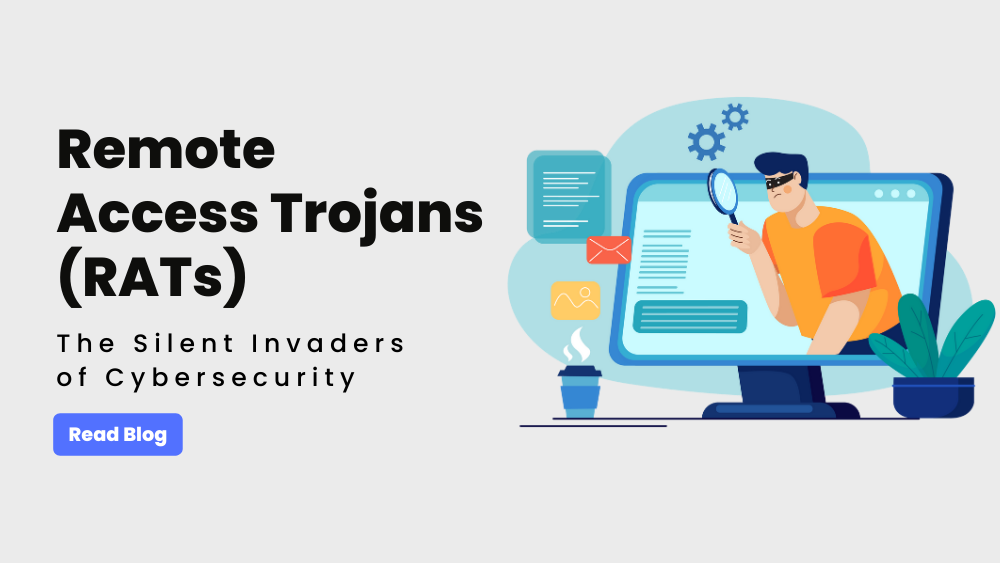Stonefly takes pride in the adaptability of its enterprise backup appliances. Regardless of the size of the organization, institution or business employing Stonefly’s services; its products are capable of providing backup and disaster recovery services effectively and efficiently. Be it on-premise backup or offsite backup,
The Z & M series Backup and Disaster Recovery appliances
Both backup appliances are total backup solutions, capable of accommodating any combination of SATA, SAS and SSD storage tiers. The series support P2P, P2V, V2P, and V2V (Physical-to-Physical, Physical-to-Virtual, Virtual-to-Physical, Virtual-to-Virtual) operations including restoring physical machines to completely different hardware and restoring Virtual Machines to a completely different Hypervisor.
The backup appliances also automatically create backup images of physical servers as per the user’s requirements. These stored images are recoverable and can be restored on the same hardware or to a dissimilar hardware in order to build a new server. These images can also be mounted as a drive to retrieve an earlier copy of data (file, folder etc). These features ensure high availability of data and a secure, reliable and trustworthy disaster recovery.
The Most Compatible Backup Appliances
When considering backup appliances for backup and disaster recovery, the customer prefers not to purchase an entire system from scratch. It’s better if the devices being purchased are compatible and adaptable to one or more of the systems, software and/or setups that the user already has. With either Z or M series, compatibility is the least of your worries. These backup appliances are compatible with the most mainstream backup software being used.
Purchase the storage you need
Most of the features of the Z and M series backup appliances are identical. The major difference between the two is the size of storage each provides. The Z-series is capable of providing up to 1 PetaByte of storage space (DR16Z and DR24Z are scalable to 1 PB) whereas the Stonefly M-series supplies up to 32 TeraByte of integrated backup and storage capacity. This enables Stonefly’s clients to choose the storage they need. They do not have to pay for the storage they do not need.

Backup Features of Z & M series Backup Appliances
Stonefly’s backup appliances backup all of your physical and virtual machines using disk-level snapshots, including applications, data and operating systems. Regardless of the number of appliances you have and the size of the storage you’re using, you have a single GUI to manage all your backup operations. These backup appliances create sector-by-sector backups, so no file, folder or data is left out. The backup creates an exact copy of your data or volume, the backup even includes the unused space. With the help of granular and file level backups, you can specifically select the files you wish to create backups for. The ability to select isn’t limited to specific files or folders. You can also be selective about the network shares you wish to backup. The ability to select the files, folders, data and volume for backup also implies that you can choose to exclude non-essential files as well.
The backup schedule is flexible as well. You can schedule backups by the minute or choose from hourly, weekly or daily backups. Stonefly’s enterprise backup appliances also provide event based backups and wake-on LAN support. It also ensures that the backup data is recoverable at any instant via scheduled backup validation. You can also use manual backup validation to ensure the backup process ran smoothly.
For the backup process, your data travels through SSL encrypted transmission over the network, while 256 bit AES encryption locks your data away. Stonefly’s backup appliances use deduplication and change block tracking (CBT) to compress your data as it is stored. Hence, efficiently using the storage space you purchased. With CBT, all changes are accounted for and added to the backup, thus creating an incremental process.
For installation and updates, the processes are done remotely. This includes configuration of agents, updates across physical servers as well as remote restore. Regardless of the number of virtual machines (VMs) running on your VMware and Hyper-V appliances, you can perform agentless backups.
Data Recovery Features of Z & M Backup Appliances
Stonefly’s backup appliances enable you to restore your individual files, data or volume from any point in time. The backup images created by the process can be mounted as a drive, so you can even restore a single file from a specific instance in time. When you acquire VMware and Hyper-V licenses, you automatically get specialized backup agents. These specialized backup agents are for Exchange, SQL, SharePoint, and Active Directory; providing reliable recovery of configurations, databases, or even individual items such as a domain controller, an email, a table or a document.
Apart from using bare metal recovery to restoring an entire system on a different hardware (Physical to Physical-P2P), the backup appliances can also restore backups of VMs to a different hypervisor platform (Virtual to Virtual-V2V). You can also migrate servers between any physical and virtual platforms (P2P, P2V, V2P, V2V). Any backup can be recovered to any server, regardless of the location.
Stonefly’s backup appliance supports UEFI firmware interface and BIOS to ensure complete Linux server recovery. With the optional hardware RAID, the appliances protect your data and increase system uptime. To provide a more secure disaster recovery option, it also copies backup images to tapes or portable hard drives. These portable hard drives can be taken to offsite vaults. If disaster strikes, the entire system can be restored from the offsite backup.
This concludes our brief journey into understanding why Stonefly’s enterprise backup appliances are the best for small businesses around the globe. Stonefly has a long list of satisfied customers that it continues to serve. If you wish to inquire about a certain product or you desire a recommendation for your requirements, feel free to contact us.









